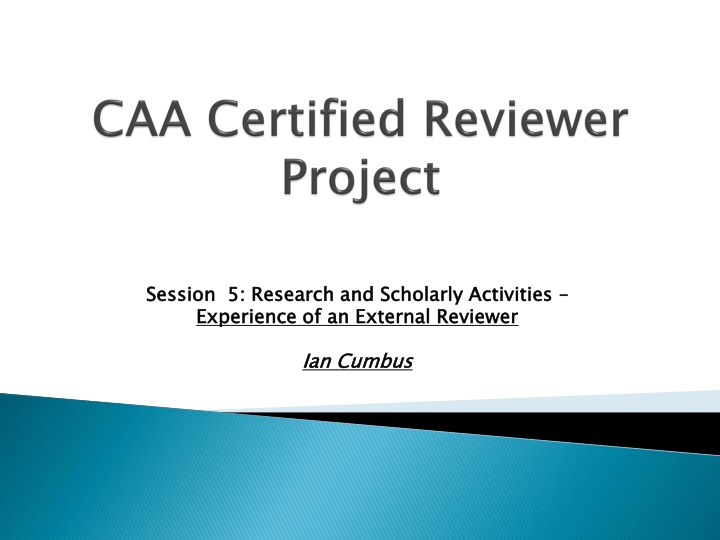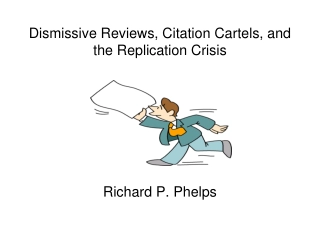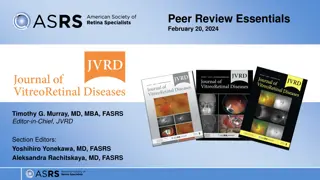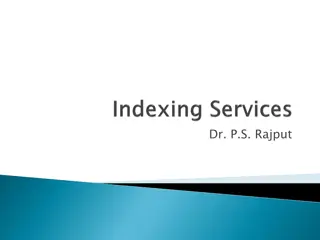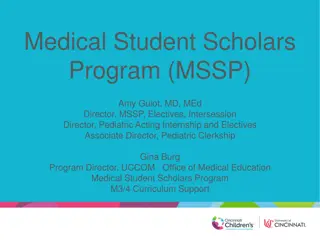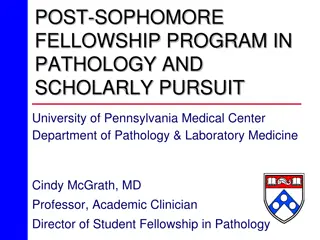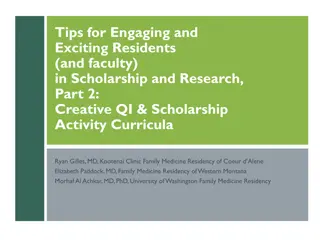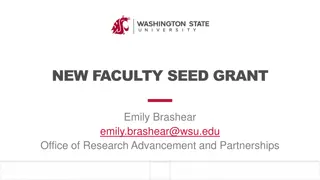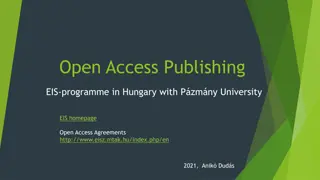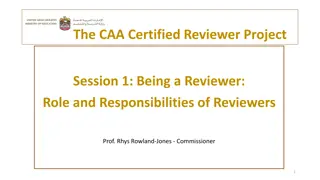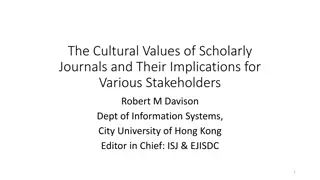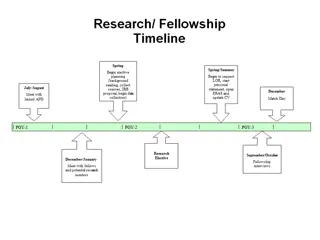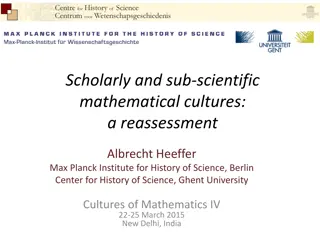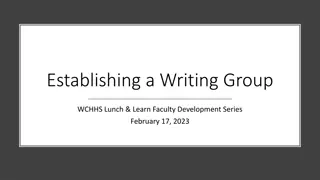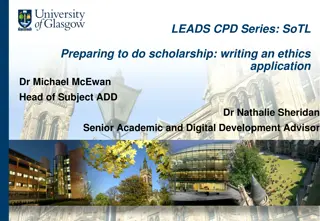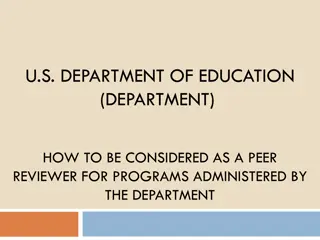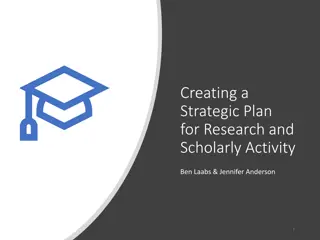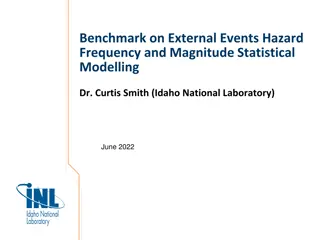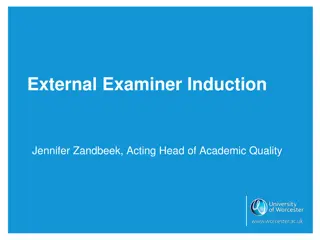Research and Scholarly Activities External Reviewer Experience
Explore the experience of an external reviewer in evaluating research and scholarly activities within an educational institution. Key aspects include assessing research strategy, scholarly productivity, and student engagement in research. Examination of policies, strategy development, resource allocation, and ethical considerations is essential for promoting sustainable and innovative research practices.
Download Presentation

Please find below an Image/Link to download the presentation.
The content on the website is provided AS IS for your information and personal use only. It may not be sold, licensed, or shared on other websites without obtaining consent from the author.If you encounter any issues during the download, it is possible that the publisher has removed the file from their server.
You are allowed to download the files provided on this website for personal or commercial use, subject to the condition that they are used lawfully. All files are the property of their respective owners.
The content on the website is provided AS IS for your information and personal use only. It may not be sold, licensed, or shared on other websites without obtaining consent from the author.
E N D
Presentation Transcript
Session 5: Research and Scholarly Activities Experience of an External Reviewer Session 5: Research and Scholarly Activities Experience of an External Reviewer Ian Ian Cumbus Cumbus
PMRIL: The Self-Study for the RIL demonstrates the ways in which the institution has met and will continue to meet the SIL. As applicable to the institution, each Standard and Stipulation should be addressed and backed with clear, detailed evidence and appropriate documentation. PMRPA: The Self-Study discusses progress in addressing the institution s research strategy in the context of the academic program under review, and provides evidence of the scholarly and research productivity of the faculty members assigned to the program, and engagement of its students in research.
PMRIL: The Self-Study includes the institutions documented Research Strategy and related policies, and provides documentation of its implementation, regular performance review, and any modifications or enhancements that have been made as a result of the institution s ongoing review.
4.1.2 The institution has policies that: a. define its understanding of the nature and purpose of research, and a research strategy .. b. define its understanding of the nature and scope of scholarly activity . c. relate to the institution s support for research, scholarly activity, creative activity and innovation, d. make explicit reference to the promotion of research that integrates and demonstrates principles of sustainability .. e. relate to ethical considerations in research . f. relate to governing intellectual property rights . g. encourage and recognize the involvement of students in research .
4.1.1 The institution has a clearly articulated and detailed strategy for research, scholarly activity and innovation, mission, and developed with input from faculty and other relevant constituencies, which details its strategic direction, priorities, available resources, key performance indicators, target levels and timelines for implementation. It publicizes this strategy in appropriate documents. clearly articulated and detailed strategy for research, scholarly activity and innovation, in keeping with its
4.2.2 budgeting a minimum of 5% of the total operational expenditure research, innovation, creative and scholarly activities on an annual basis in undergraduate-level institutions, and budgeting a higher amount of funding in institutions offering graduate-level programs, and providing evidence that funds are used for that purpose 5% of the total operational expenditure to support faculty providing evidence that funds are used for that purpose.
The ADRI model which comprises: A Approach D Deployment R Results I Improvement (Derived from a model described in the mid- 1980s Deming: PDSA Plan Do Study Act).
Research and Scholarly Activities ( Strategy and Policies Support for Research and Scholarly Activity Collaborative Research and Scholarly Activity Expectations for Research and Scholarly Activity Research and Scholarly Activity Outputs Research and Scholarly Activities (Standard 4 Strategy and Policies Support for Research and Scholarly Activity Collaborative Research and Scholarly Activity Expectations for Research and Scholarly Activity Research and Scholarly Activity Outputs Standard 4) )
The classic question to explore the quality assurance cycle pertaining to programs, systems, operations, etc. How do you know is effective? Cause & Effect should result from the relationship between the approach , the deployment and the end result . Change should not be random, accidental or lacking in a credible evidence- base. Cause & Effect - Changes (improvements)
